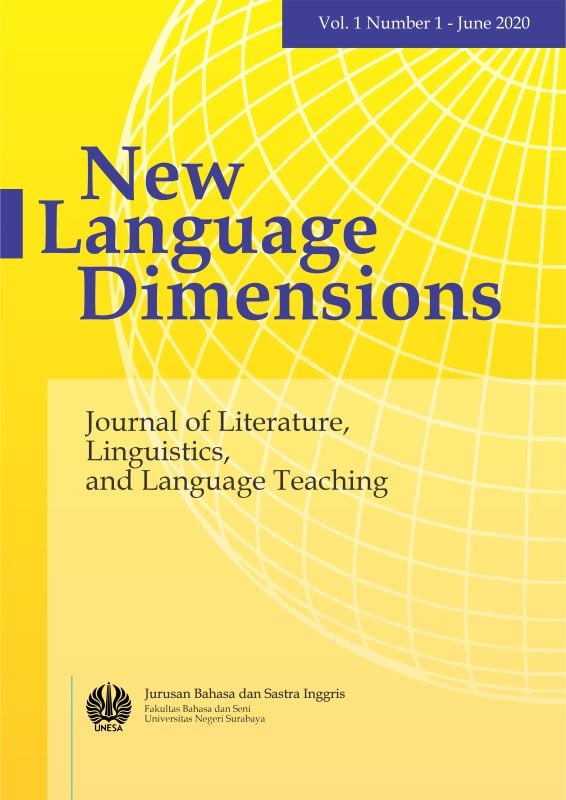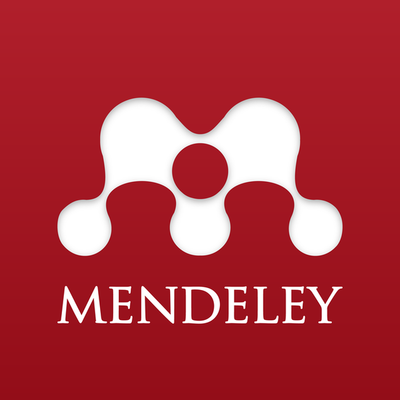Profiling Student Teachers Tendencies on Peer Review Production
DOI:
https://doi.org/10.26740/nld.v1n1.p1-9Abstract
ABSTRACT
This is a report of a preliminary study focused on investigating student teachers tendencies of peer review production. The research is a basis for a more comprehensive research aiming to explain how the aforementioned tendencies affect the effectiveness of peer review. The data collected were in the form of students written commentaries taken from three expository and argumentative essay writing assignments. These data were collected from eight students, four high achievers and four low achievers. On the courses first meeting, an essay writing proficiency test was administered to determine researchs participants and dyads involved. To prepare students with peer review practice, a peer review tutorial and rubrics were also given on the first meeting of the course. Following this stage, students written commentaries were collected as data, which were then codified following the typology of written feedback by experts. Codification results were interpreted by comparing them to previous related research. In doing so, it was apparent that low achievers tend to produce commentaries on surface structure errors. As oppose to this, organization and content-focused commentaries were dominant in high achievers feedbacks. These findings are noteworthy, as they suggest a link between students proficiency level and their preferred commentary focus.
Keywords: academic writing, peer review production, student teacher, commentary provision tendency.Downloads
References
Downloads
Published
Issue
Section
 Abstract views: 267
,
Abstract views: 267
, PDF Downloads: 272
PDF Downloads: 272











